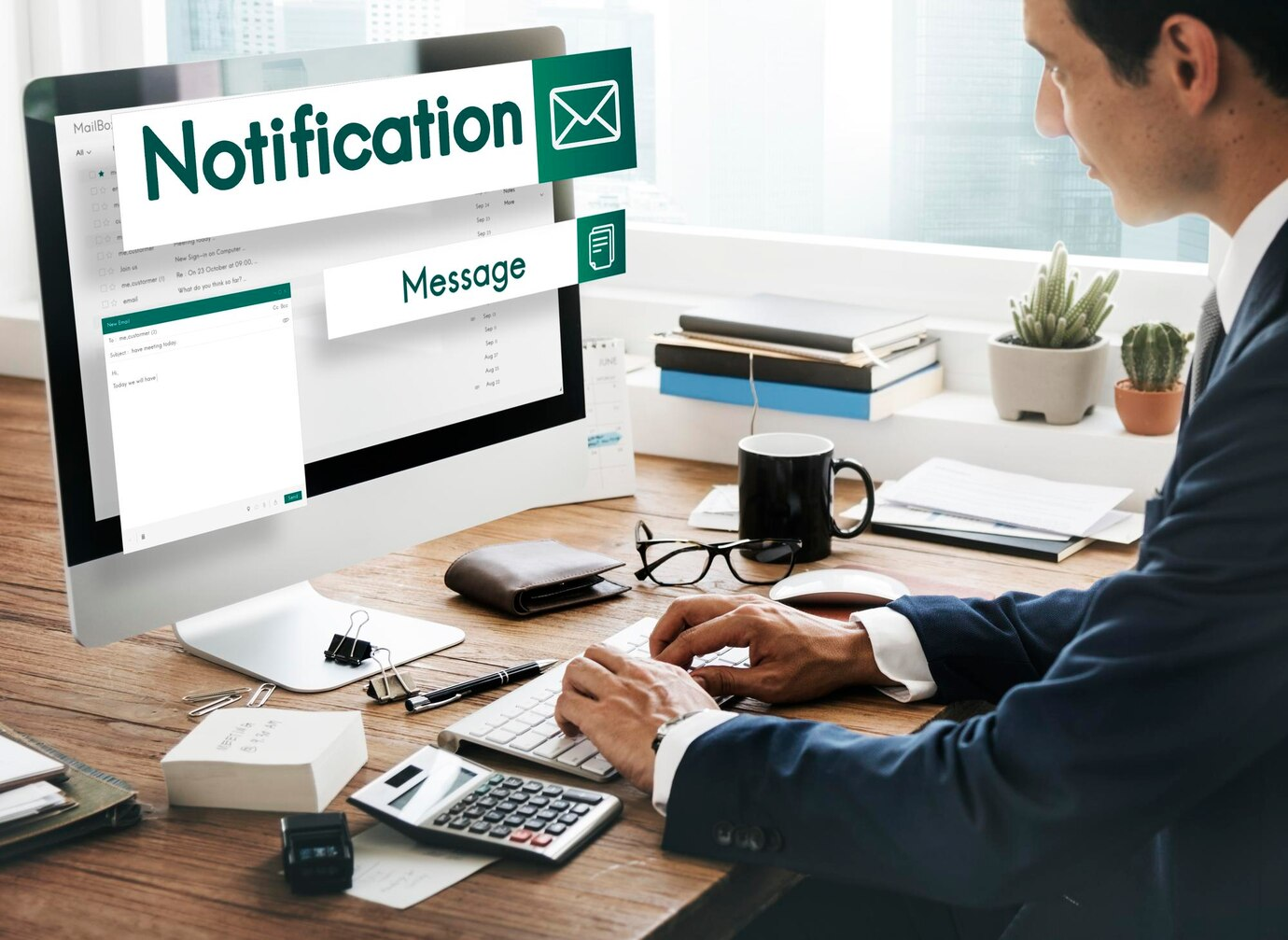How to Use Email Marketing to Boost Online Store Sales

Email marketing remains one of the most effective tools for driving engagement and boosting sales for online stores. With the ability to directly connect with customers in a personalized way, email campaigns can foster relationships, recover abandoned carts, and encourage repeat purchases. According to research, email marketing has an average ROI of 4,200%—making it an invaluable asset for e-commerce businesses.
This article explores actionable strategies for building an email list, crafting compelling newsletters, and sending personalized offers that convert. We’ll also look at a use case where email marketing recovered lost sales and led to measurable growth.

Why Email Marketing is Essential for Online Store Success
Despite the rise of social media and other digital marketing channels, email marketing remains unmatched in its ability to deliver results. Key benefits include:
-
Direct Access to Customers: Emails land directly in the customer’s inbox, offering a chance to communicate without distractions from competitors.
-
High ROI: Email campaigns are cost-effective, with minimal investment required compared to other advertising channels.
-
Personalization Opportunities: Emails can be tailored to individual customer preferences, improving engagement and conversion rates.
-
Long-Term Relationship Building: Consistent communication builds trust and loyalty, increasing customer lifetime value.
By implementing an effective email marketing strategy, online stores can capitalize on these benefits to drive traffic, increase sales, and foster customer loyalty.
Step 1: Building a Quality Email List
Before you can launch successful email campaigns, you need a robust email list. The quality of your list is more important than its size—engaged subscribers are far more valuable than a large group of uninterested users.
Tips for Building an Email List
-
Use Opt-In Forms on Your Website: Place opt-in forms prominently on your homepage, product pages, and checkout page. Offering an incentive, such as a discount or free shipping for signing up, can significantly boost sign-ups.
-
Leverage Social Media: Promote your email sign-up form on social media platforms, encouraging followers to subscribe for exclusive offers or early access to sales.
-
Collect Emails at Checkout: For customers making a purchase, offer the option to sign up for email updates during checkout.
-
Host Giveaways or Contests: Run a giveaway where users must provide their email to enter. Make sure the prize aligns with your store’s offerings to attract relevant subscribers.
Key Consideration: Double Opt-In
Using a double opt-in process, where subscribers confirm their email address after signing up, ensures that your list is full of engaged and interested customers. This approach helps maintain a healthy sender reputation and minimizes spam complaints.
Step 2: Crafting Compelling Email Campaigns
Once you’ve built an email list, the next step is to create emails that grab attention and drive action. Effective email campaigns have clear objectives, engaging content, and persuasive calls-to-action (CTAs).
Types of Email Campaigns
-
Welcome Emails: Make a strong first impression with a personalized welcome email. Include a thank-you message and highlight your best products or promotions.
-
Promotional Emails: Use these to announce sales, discounts, or exclusive offers. Create urgency with time-sensitive deals or limited stock notifications.
-
Abandoned Cart Emails: Recover lost sales by sending reminders to customers who added items to their cart but didn’t complete the purchase. Include an incentive, like a discount, to encourage them to return.
-
Product Recommendations: Use customer data to suggest products based on previous purchases or browsing behavior.
-
Loyalty Emails: Reward repeat customers with exclusive discounts, early access to new products, or loyalty points updates.
Tips for Writing Engaging Emails
-
Craft Attention-Grabbing Subject Lines: Your subject line is the first thing recipients see. Keep it short, engaging, and relevant to the content inside.
-
Personalize Your Content: Use the recipient’s name and tailor the email to their preferences or past behavior.
-
Focus on Clear CTAs: Every email should have a clear goal—whether it’s encouraging a purchase, reading a blog post, or signing up for an event. Use action-oriented language like “Shop Now” or “Claim Your Discount.”
-
Include Visuals: High-quality images of your products can make your emails more visually appealing and increase click-through rates.
Step 3: Sending Personalized Offers to Drive Sales
Personalization is a game-changer for email marketing. Customers are more likely to engage with content that feels relevant to them. Use customer data to create targeted campaigns that address their specific needs and preferences.
How to Personalize Emails Effectively
-
Segment Your Audience: Group subscribers into segments based on factors like purchase history, browsing behavior, or demographics. For example, you can target frequent buyers with loyalty rewards or new subscribers with welcome discounts.
-
Send Behavior-Triggered Emails: Automate emails based on customer actions, such as signing up, making a purchase, or abandoning a cart.
-
Highlight Recently Viewed or Related Products: Use browsing history to suggest items customers might be interested in, creating a personalized shopping experience.
Use Case: Recovering Sales with Abandoned Cart Emails
A fitness equipment retailer experienced high cart abandonment rates, with customers frequently leaving before completing their purchases. To address this, the retailer implemented an abandoned cart email campaign:
-
Step 1: They set up an automated email to send 24 hours after a cart was abandoned, reminding customers of their selected items.
-
Step 2: A second email followed two days later, offering a 10% discount as an incentive to complete the purchase.
-
Step 3: A final email, sent five days after the initial abandonment, highlighted customer reviews of the products to reinforce trust and encourage action.
Result: Within a month, the campaign recovered 20% of abandoned carts, significantly boosting sales with minimal effort. This highlights the power of well-timed, personalized email campaigns.
Step 4: Measuring and Optimizing Campaign Performance
To maximize the effectiveness of your email campaigns, track key performance metrics and continuously optimize your approach.
Metrics to Monitor
-
Open Rate: The percentage of recipients who open your email. Improve this by testing subject lines and ensuring your sender name is recognizable.
-
Click-Through Rate (CTR): The percentage of recipients who click on links in your email. A high CTR indicates engaging content and effective CTAs.
-
Conversion Rate: The percentage of users who take the desired action, such as making a purchase.
-
Bounce Rate: The percentage of emails that were undeliverable. High bounce rates may indicate issues with your email list quality.
-
Unsubscribe Rate: The percentage of users who opt-out after receiving an email. If this rate is high, reassess the frequency or relevance of your emails.
A/B Testing for Optimization
Experiment with different elements of your emails to find what works best. Test subject lines, visuals, CTAs, and send times to identify the most effective combinations.
Conclusion
Email marketing is a powerful tool for boosting sales and building lasting relationships with customers. By focusing on list-building, creating compelling campaigns, and leveraging personalization, online stores can engage customers more effectively and drive higher conversions.
As shown in the fitness equipment retailer’s use case, even a simple abandoned cart campaign can recover lost sales and contribute to substantial growth. With consistent monitoring and optimization, email marketing offers a cost-effective way to generate revenue and strengthen your brand in the competitive e-commerce landscape.
Start leveraging email marketing today to unlock its full potential and watch your online store thrive!


Subscribe to follow product news, latest in technology, solutions, and updates
Other articles for you



Let’s build digital products that are simply awesome !
We will get back to you within 24 hours!Go to contact us Please tell us your ideas.
Please tell us your ideas.







